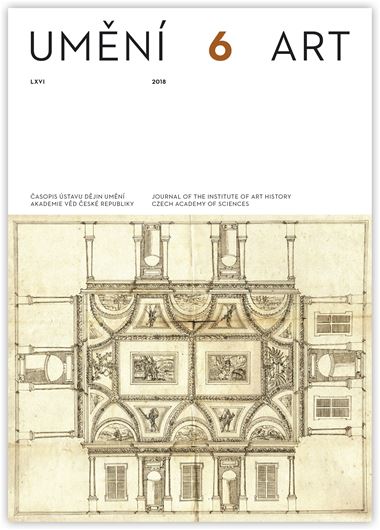Vendula Hnídková
Lidice. (Re)konstrukce symbolu
The tragic fate of the village of Lidice and its population is an important part of the narrative of modern Czech history. After the exemplary massacre of the population and physical destruction of the village, Lidice quickly became an international symbol of Nazi brutality. After the war, this was exploited by the Czechoslovak government to its own advantage. But besides the public speeches of politicians, there arose the real problem of how to provide decent accommodation for the women and children of Lidice who survived the massacre. Building a new village became one of the architectural priorities of post-war Czechoslovakia. Architects were able to apply to this construction process practical and theoretical experience they had acquired before the war, and under the Protectorate, as it was in that period that the concept of the modern village became the subject of professional interest among many Czech architects who took part in ‘regional competitions’. Architects therefore had the qualified training with which to solve the relatively unusual task in 20th-century architecture of creating a new village. They had the chance to present their visions in 1945 in a public competition whose purpose was to find the proper location and the best urban design and architectural concept for the new village and an adjacent memorial site. The complex nature of this exacting assignment required a realistic plan for the optimal form of future settlement for the women of Lidice, which would neighbour a memorial site to commemorate for the tragedy in their lives. It is possible to identify in the plans and in the many ideas for the new settlement the traces of principles inspired by the concept of a garden city.
Full-text in the Digital Library of the Czech Academy of Sciences:
https://kramerius.lib.cas.cz/uuid/uuid:3b7f8b61-df92-4462-91a2-75260c52fd9a
< back

